Understanding Roll, Pitch, and Yaw: The Three Axes of Flight
Ever wondered how airplanes defy gravity and perform graceful maneuvers? The secret lies in mastering roll, pitch, yaw – the three fundamental axes of flight. Imagine your airplane as a three-dimensional object; these axes define its rotational movements around its center of gravity.
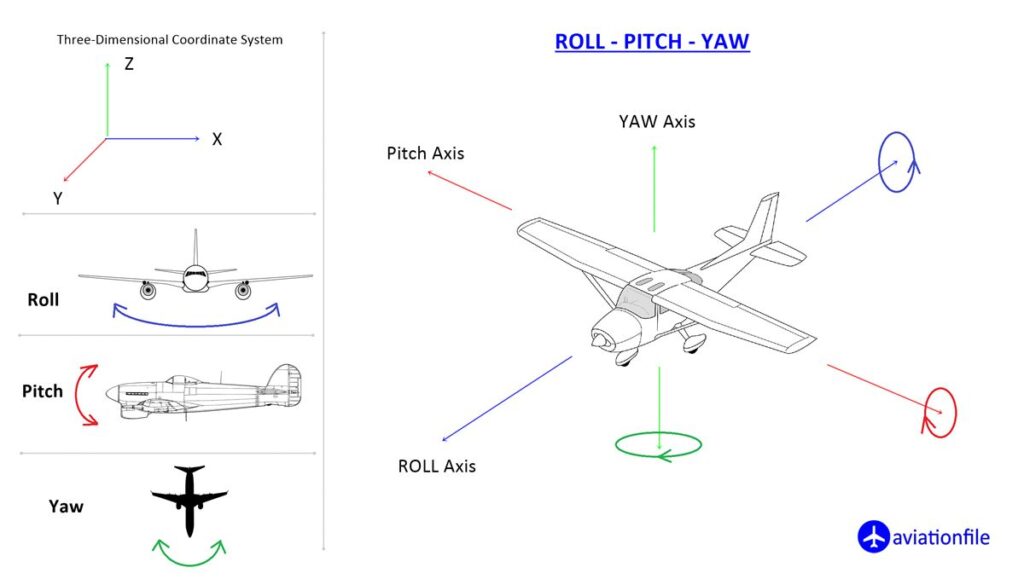
Roll: Banking into Turns
Think of a majestic eagle performing a barrel roll. That’s roll in action! It’s the rotation of the aircraft along its longitudinal axis, tilting the wings from level flight to a banked position. This banking motion allows an aircraft to turn while maintaining lift. The control surfaces responsible for roll are the ailerons. These are hinged flaps located on the trailing edge of each wing. By moving the ailerons in opposite directions, one aileron lifts while the other lowers, creating an imbalance in lift between the wings. This differential lift causes the airplane to roll, initiating a turn.
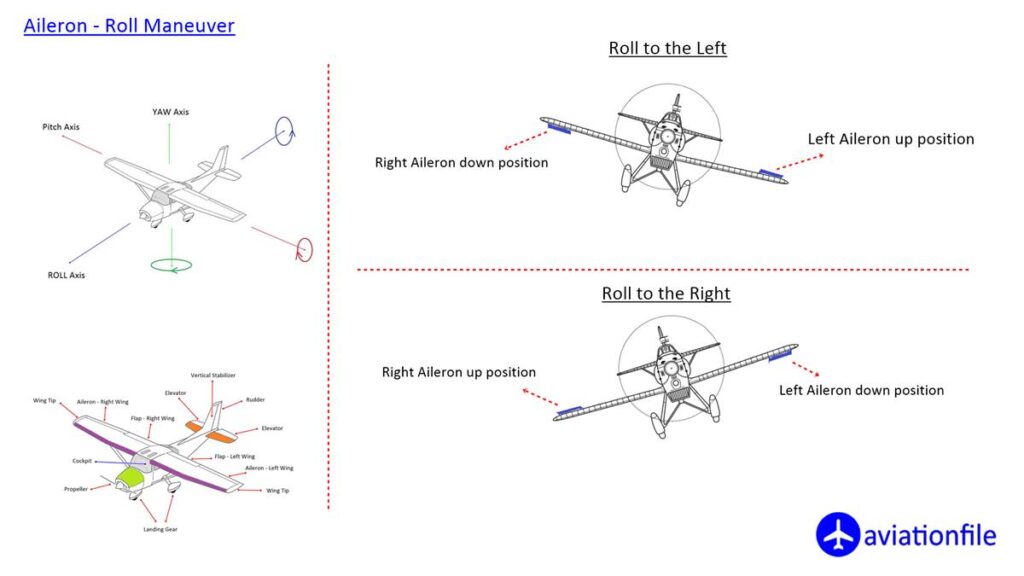
Pitch: Climbing High and Diving Low
Imagine a seesaw tilted at one end. That’s essentially pitching! Pitching refers to the movement of the aircraft up or down along the lateral axis. The pilot controls pitch using the elevators, hinged flaps on the horizontal stabilizer (the tailplane). By raising or lowering the elevators, the pilot alters the angle of attack of the wings, which in turn, affects the amount of lift generated. Raising the elevators increases the angle of attack, generating more lift and causing the airplane to climb. Conversely, lowering the elevators decreases the angle of attack, reducing lift and initiating a descent.
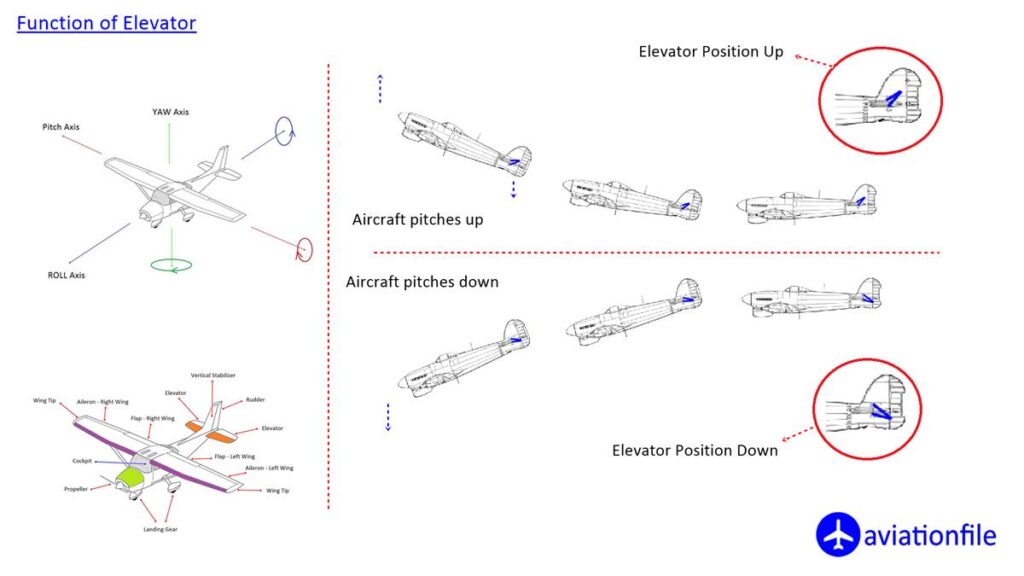
Yaw: Steering Like a Rudder
Yawing is similar to shaking your head side to side. It’s the rotation of the aircraft around the vertical axis, swinging the nose left or right. This movement is akin to steering a boat. The control surface responsible for yaw is the rudder, located on the vertical stabilizer (the fin). By deflecting the rudder left or right, the pilot disrupts the airflow over the vertical stabilizer, causing the aircraft to yaw in the opposite direction. While yawing doesn’t directly affect altitude, it plays a crucial role in coordinated turns. By using the rudder in conjunction with ailerons, the pilot ensures the airplane turns smoothly without sideslipping.
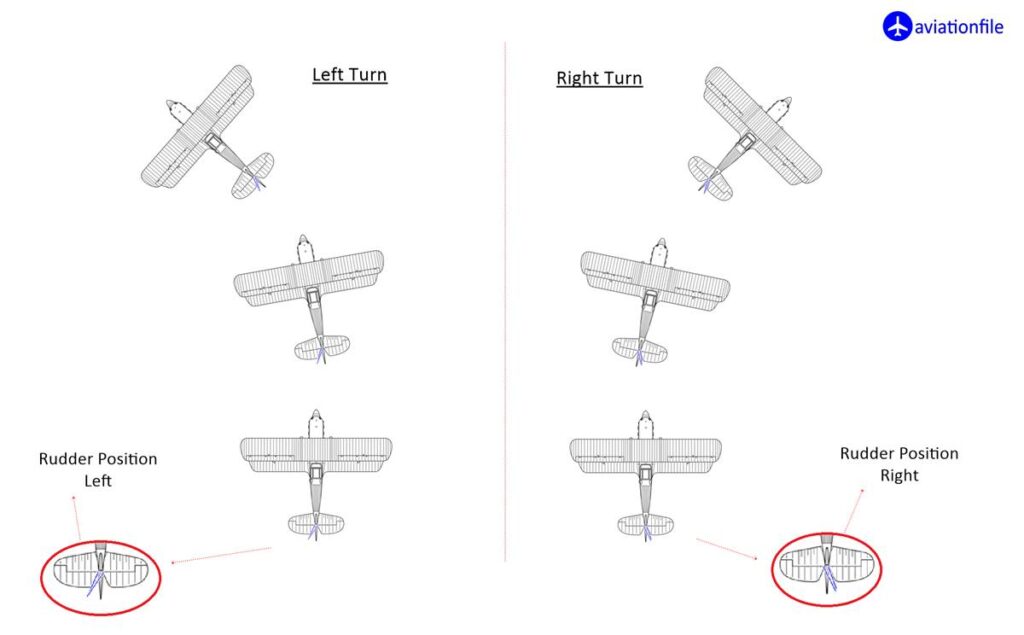
Maneuvering with Finesse: The Art of Coordination
An airplane doesn’t move in isolation – these rotations are often combined to achieve specific maneuvers. For instance, a coordinated turn involves a combination of roll and pitch. The pilot uses ailerons to bank the aircraft, then adjusts the elevators to maintain altitude throughout the turn. Similarly, yaw with coordinated aileron input helps fine-tune the direction during a turn, preventing skidding or slipping.
Mastering the Fundamentals for a Smooth Flight
Understanding and coordinating roll, pitch, and yaw is the foundation of successful flight control. These axes are the building blocks that allow pilots to navigate the skies with precision and grace. Whether you’re a future aviator or an aviation enthusiast, grasping these concepts unlocks a deeper appreciation for the remarkable science and skill involved in flying.
Below is the figure where you can see the parts of an airplane in general.
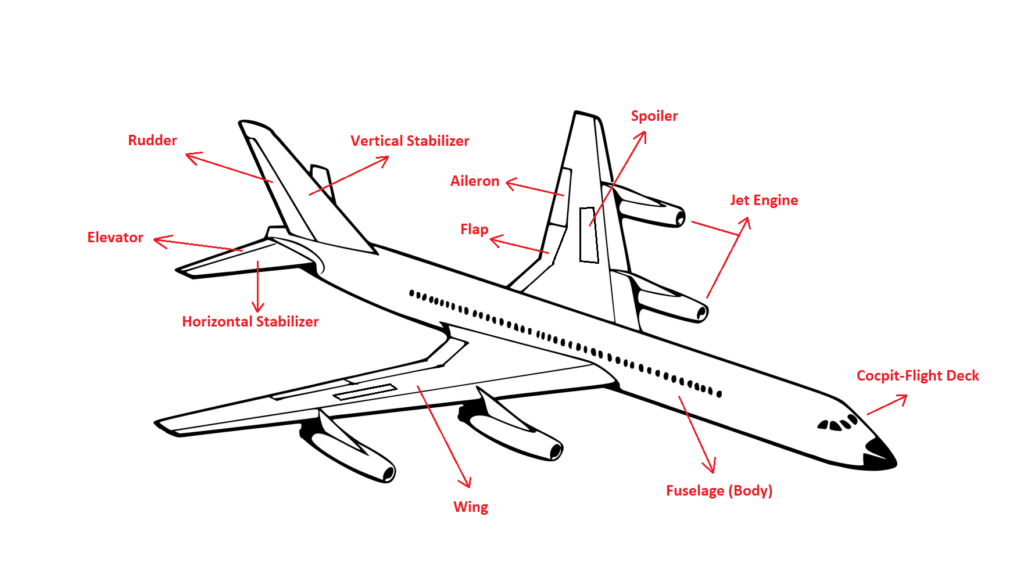
Forces and Physics Behind the Axes
Aerodynamic Forces: Interaction of Lift, Thrust, Drag, and Gravity
Aircraft movement along roll, pitch, and yaw axes is shaped by four primary forces:
- Lift increases as the aircraft pitches upward, altering airflow over the wings. Excessive pitch can increase drag or cause a stall.
- Thrust and Drag are influenced by the aircraft’s orientation; changes in yaw or pitch affect airflow resistance.
- Gravity pulls the aircraft downward, countered by aerodynamic lift and engine thrust for stability.
Angle of Attack (AOA) and Pitch
The angle of attack (AOA) is the angle between the wing’s chord line and oncoming airflow, crucial during pitch adjustments.
- Increasing the AOA boosts lift but also raises drag. Exceeding the critical AOA causes a stall.
- Effective pitch control ensures a balance between lift and drag, essential for smooth takeoffs and landings.
Moment of Inertia and Aircraft Control
The moment of inertia determines an aircraft’s rotational responsiveness based on its mass distribution:
- Heavier or wider planes resist quick rotation, favoring stability over agility.
- Balanced mass distribution ensures predictable movement and prevents instability during roll, pitch, or yaw maneuvers.
References and Further Reading on Roll, Pitch, and Yaw
This guide provides a foundational understanding of roll, pitch, and yaw, the three axes of flight. To delve deeper into this topic, here are some valuable resources:
- Federal Aviation Administration (FAA): The FAA’s official website offers a wealth of information on aircraft controls and maneuvers. Their “Airplane Flying Handbook” provides a detailed explanation of flight controls and their effects https://www.faa.gov/regulations_policies/handbooks_manuals/aviation/airplane_handbook.
- Aircraft Spruce & Specialty Co.: This pilot supply store’s website has a helpful section on “Understanding Aircraft Control Surfaces” that explains the function of ailerons, elevators, and rudders https://m.youtube.com/watch?v=RW1UQXSCZKc.
- Khan Academy (Video): Khan Academy offers a clear and concise video explanation of roll, pitch, and yaw, including animations to visualize the movements https://www.khanacademy.org/science/physics/one-dimensional-motion/kinematic-formulas/v/acceleration-of-aircraft-carrier-takeoff.

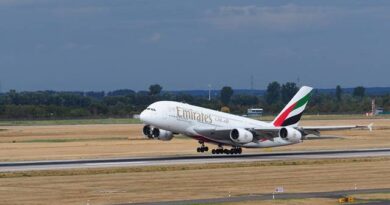
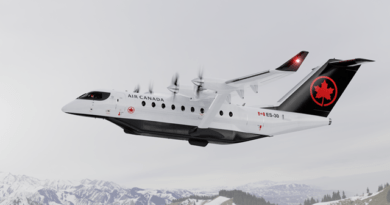
Good brief explanation with media items. 🙂
Good and simple explanation. I enjoy it. Keep up the good work.